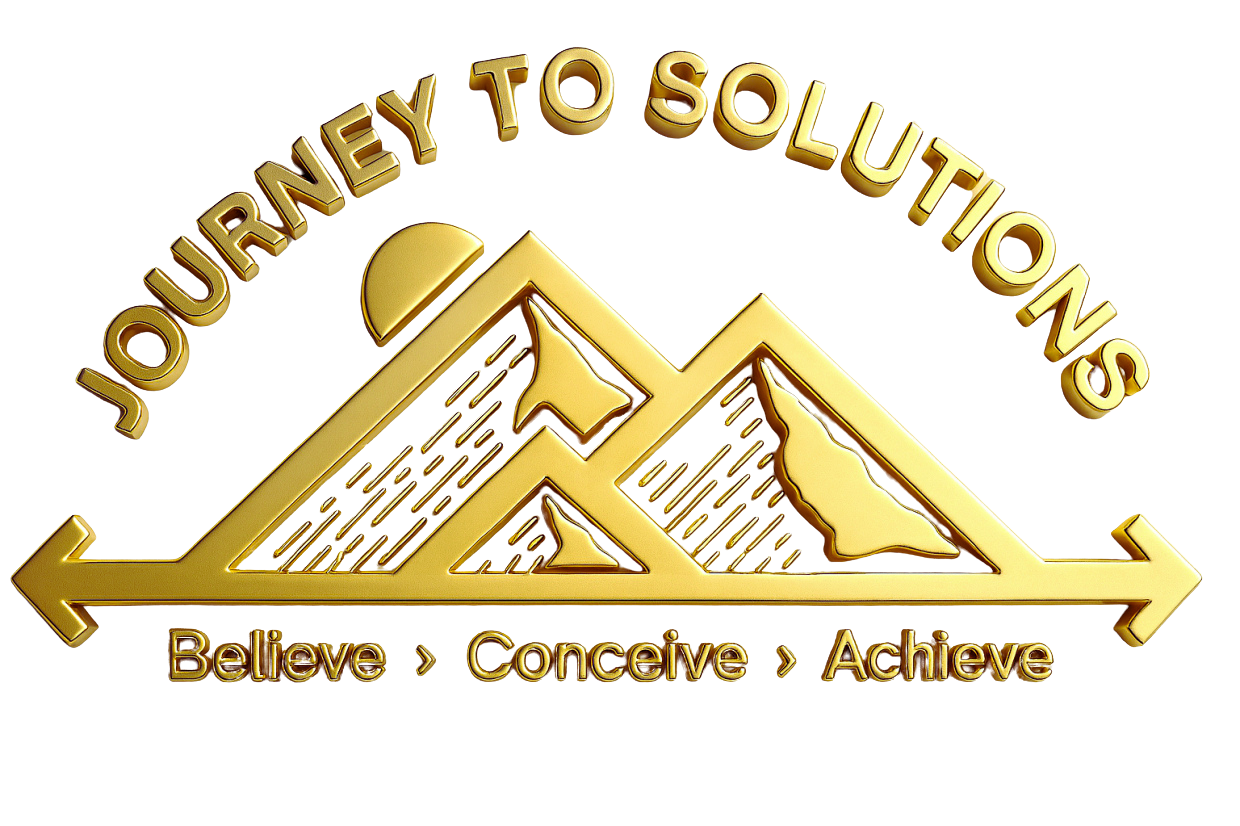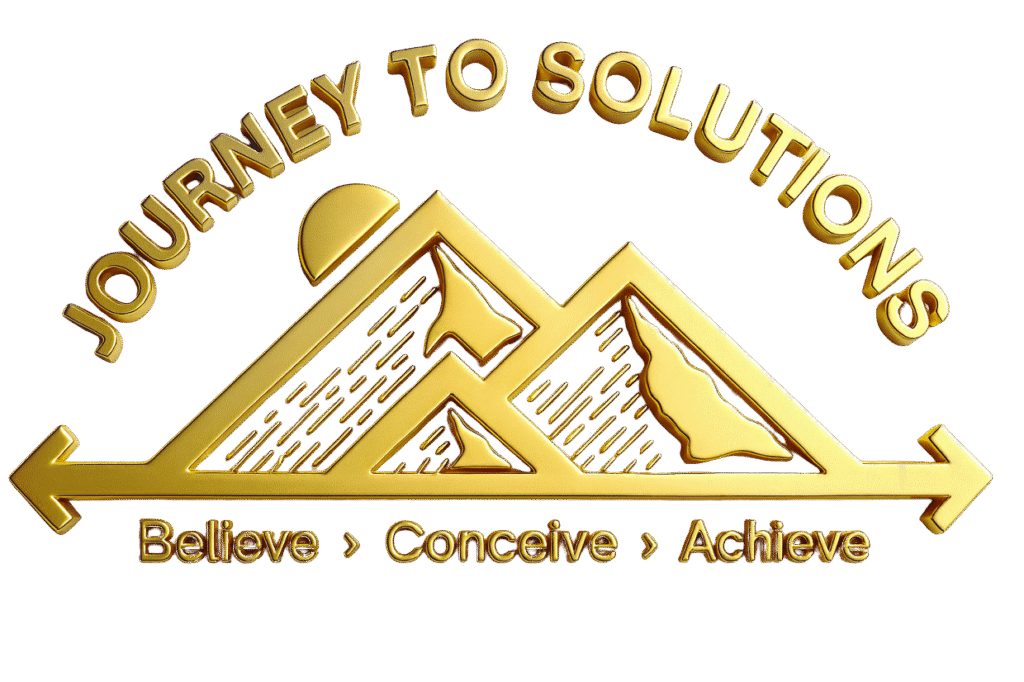The Story Begins in a place that many people prefer not to think about—living on the streets, struggling with addiction, and feeling invisible to society. Today, he’s a homeowner, community advocate, and living proof that no one is too far gone for recovery. His journey from homelessness to hope illustrates the profound transformation possible when someone receives comprehensive support and refuses to give up on themselves.
Where It All Began
Michael’s path to homelessness wasn’t sudden—it was a gradual descent that began with what seemed like manageable problems. A veteran of the Iraq War, he returned home with what we now recognize as PTSD, though at the time, he just knew he felt different.
“I couldn’t sleep, couldn’t concentrate, couldn’t relate to the people around me anymore,” Michael remembers. “Everyone kept saying I should be grateful to be home, and I was, but I also felt like I was drowning and couldn’t explain why.”
Like many veterans, Michael began self-medicating with alcohol. When that wasn’t enough, he turned to prescription painkillers, and eventually to street drugs. The progression happened over several years, with each step feeling like a reasonable response to his unbearable internal state.
Life on the Streets
Michael lost his apartment when he couldn’t keep up with rent due to his escalating substance use. At first, he stayed with friends, then in his car, then in shelters. Eventually, he found himself living under a highway overpass in downtown Los Angeles.
“People think homelessness is about not having a house,” Michael explains. “But it’s really about not having hope. When you’re living on the street, you start to believe that’s all you deserve, that you’re not capable of anything better.”
For three years, Michael lived this way. He cycled through emergency rooms, county jail, and brief stays in detox programs. Each time he tried to get clean, he found himself back on the streets within weeks, with no support system and no plan for addressing the underlying issues that led to his addiction.
The Invisible Population
Living on the streets taught Michael about society’s tendency to dehumanize people experiencing homelessness. He describes feeling invisible—people would walk by without making eye contact, cross the street to avoid him, or pretend they couldn’t hear him when he asked for help.
The Turning Point
Michael’s turning point came during what he describes as his “lowest moment”—waking up in a hospital after overdosing in a public restroom. A social worker named Maria approached him before he was discharged.
“She didn’t lecture me or judge me,” Michael recalls. “She just said, ‘You don’t have to live like this anymore. There are people who want to help, but you have to be ready to accept help.’ Something about the way she said it made me believe her.”
Maria connected Michael with Journey to Solutions, who worked with him to develop a comprehensive plan that addressed not just his addiction, but his housing needs, mental health, job training, and long-term stability.
A Different Kind of Help
What made this intervention different from previous attempts was the comprehensive, coordinated approach. Instead of treating Michael’s addiction in isolation, the team recognized that sustainable recovery required addressing all the factors that contributed to his situation.
The Recovery Process
Early Days: Building Stability
Michael’s first 90 days in recovery were focused on stabilization. He lived in a structured sober living environment, attended daily group meetings, worked with a trauma specialist, and began addressing the PTSD that had gone untreated for years.
“The hardest part wasn’t getting clean—it was learning to live without numbing myself,” Michael explains. “For the first time in years, I was feeling everything, and it was overwhelming. But I had people supporting me who understood what I was going through.”
Addressing Trauma
A crucial component of Michael’s recovery was addressing his PTSD through evidence-based trauma treatment. He worked with a therapist who specialized in veteran mental health and used techniques like EMDR (Eye Movement Desensitization and Reprocessing) to process his war experiences.
“I finally understood that I wasn’t weak or broken—I was injured, and injuries can heal with the right treatment,” Michael says. “That perspective shift changed everything for me.”
Building Life Skills
After months of living on the streets, Michael needed to relearn many basic life skills. This included everything from managing finances and maintaining a routine to navigating relationships and handling stress in healthy ways.
Finding Purpose
About eight months into his recovery, Michael began volunteering at a local homeless shelter. This experience of giving back was transformative—it helped him see his own progress and gave him a sense of purpose he hadn’t felt in years.
“When I was able to help someone else who was going through what I had been through, it clicked for me,” Michael says. “I realized that my experiences, as painful as they were, had given me something valuable to offer other people.”
This volunteer work led to a part-time job as a peer support specialist, which eventually became full-time employment. Michael discovered he had a natural gift for connecting with people who were struggling and helping them see possibilities they couldn’t see for themselves.
Life Today: From Survivor to Thriver
Today, four years after entering recovery, Michael’s life looks completely different. He owns his own small apartment, works full-time as a peer counselor, and is pursuing a bachelor’s degree in social work through an online program.
He’s also in a healthy romantic relationship for the first time in over a decade and has rebuilt connections with family members who had given up hope of ever seeing him recover.
The Ripple Effect
Michael’s transformation has had a ripple effect throughout his community. He’s helped dozens of people begin their own recovery journeys, and his story has inspired changes in how local service providers approach individuals experiencing homelessness.
“Michael shows everyone—clients, staff, community members—that recovery is possible even from the most challenging circumstances,” says Dr. Jennifer Martinez, who supervises Michael’s work. “His lived experience combined with his natural empathy makes him an incredibly effective advocate and counselor.”
Lessons from Michael’s Journey
Comprehensive Support Works
Michael’s story demonstrates the importance of addressing all factors that contribute to homelessness and addiction—not just the surface symptoms. When people receive comprehensive support that addresses housing, mental health, addiction, job training, and social connections, recovery becomes not just possible but sustainable.
Everyone Deserves Dignity
One of the most important aspects of Michael’s recovery was being treated with dignity and respect from the very beginning. Even when he was homeless and struggling with addiction, the people who helped him saw his inherent worth and potential.
Lived Experience Has Value
Michael’s journey from homelessness to becoming a peer support specialist illustrates how lived experience can be transformed into a powerful tool for helping others. His background gives him credibility and understanding that no amount of professional training alone could provide.
Michael’s Message
When Michael speaks to groups about his experience, he always emphasizes that his story isn’t unique in its potential for transformation—everyone has the capacity for change when they receive the right support at the right time.
How Journey to Solutions Made a Difference
Michael’s story highlights the Journey to Solutions approach of treating each person as a whole human being with unique needs, strengths, and potential. Rather than simply connecting him with a treatment program, they coordinated comprehensive support that addressed every aspect of his situation.
Getting Help
If you or someone you love is struggling with homelessness, addiction, or feeling like there’s no way out, Michael’s story is proof that transformation is possible. It may not happen overnight, and it definitely won’t be easy, but with the right support and your willingness to accept help, change can happen.
Journey to Solutions works with a network of providers who specialize in helping people navigate complex challenges like those Michael faced. Whether you need immediate crisis intervention or long-term recovery support, help is available.



